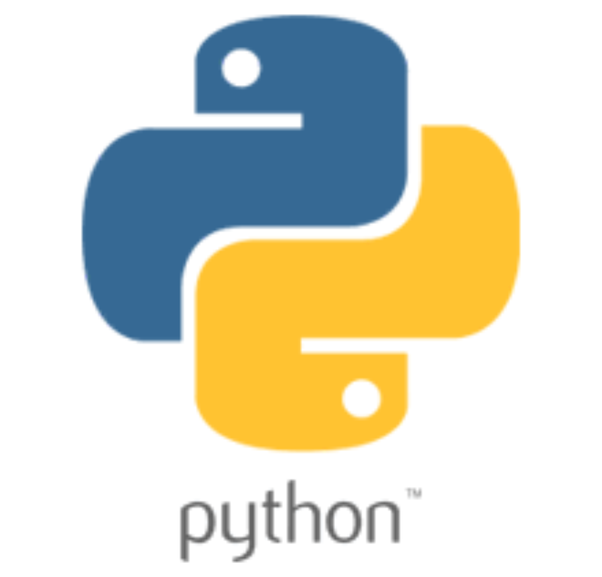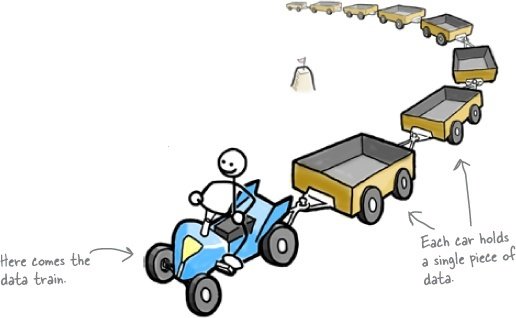Programming in Python
BEES 2021

Agenda
- Lists
- List comprehensions
Lists
- An ordered sequence of information, accessible by index
- A list is denoted by sequence brackets "[ ]"
- A list contains elements
- Usually homogeneous
- Can contain mixed types
- List elements can be changed, so a list is mutable

List functions - review
Lists are mutable
- Lists are mutable
- Assigning to an element at an index changes the value
- L is now [2, 5, 3], note this is the same object L
L = [2, 1, 3]
L[1] = 5
List mutability
Conversion and nesting
Aliasing vs. cloning
aliasing
0
Advanced issues found▲
- "hot" is an alias for "warm" - changing one changes the other
- For example, here "append" has a side effect
a = 1
b = a
print(a)
print(b)
warm = ['red', 'yellow', 'orange']
hot = warm
hot.append('pink')
print(hot)
print(warm)

cloning
0
Advanced issues found▲
- Create a new list and copy every element using
cool = ['blue', 'green', 'gray']
chill = cool[:]
chill.append('black')
print(chill)
print(cool)
chill = cool[:]
lists of lists of lists of ...
0
Advanced issues found▲
- We can have nested lists
warm = ['yellow', 'orange']
hot = ['red']
brightcolors = []
brightcolors.append(warm)
brightcolors.append(hot)
print(brightcolors)
# [['yellow', 'orange'], ['red']]
hot.append('pink')
print(hot)
# ['red', 'pink']
print(brightcolors)
# [['yellow', 'orange'], ['red', 'pink']]
List comprehension
0
Advanced issues found▲
- A super useful mashup of a for loop, a list, and conditionals
x = [ "a", 1, 2, "list"]
# Makes a new list, l, containing only the strings in x
l = [ i for i in x if type(i) == str ]
# The basic structure is:
# [ EXPRESSION1 for x in ITERABLE (optionally) if EXPRESSION2 ]
# it is equivalent to writing:
# l = []
# for x in ITERABLE:
# if EXPRESSION2:
# l.append(EXPRESSION1)list comprehension Example
Lecture 7 challenge
Questions?

BEES - Lecture 7
By Narges Norouzi
BEES - Lecture 7
- 523



